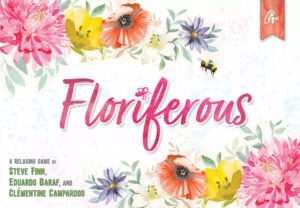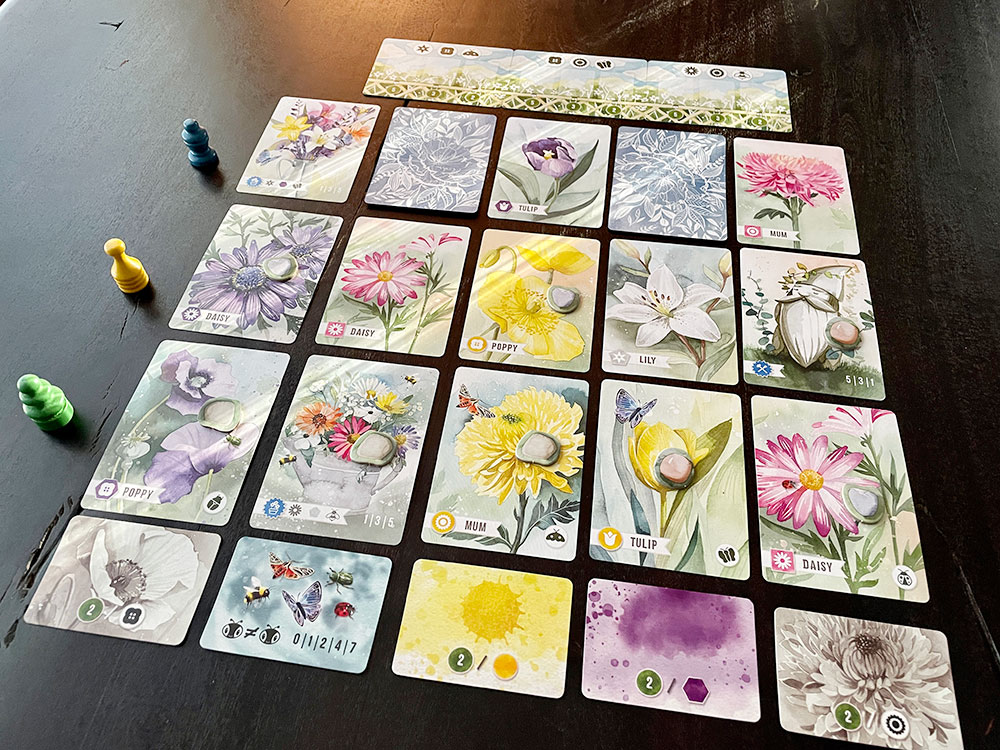 Ah, the life of the gardener. Cultivating plant life, watching the interaction between flora and fauna, the sun warming a cheek with the grit of the rich earth between fingertips. The imagery of this space conjures a safe and inviting environment, one of reflection and interconnectivity, one of joy. But what happens when another person enters your garden and picks that daisy you’ve had your eye on all morning for your next centerpiece arrangement? And what if that daisy also held your favorite butterfly that you desperately needed to represent the progress of your bountiful creations?
Ah, the life of the gardener. Cultivating plant life, watching the interaction between flora and fauna, the sun warming a cheek with the grit of the rich earth between fingertips. The imagery of this space conjures a safe and inviting environment, one of reflection and interconnectivity, one of joy. But what happens when another person enters your garden and picks that daisy you’ve had your eye on all morning for your next centerpiece arrangement? And what if that daisy also held your favorite butterfly that you desperately needed to represent the progress of your bountiful creations?
Floriferous—a one to four player card game designed by Steve Finn and Eduardo Baraf, with illustration from Clémentine Campardou—looks to answer important gardening questions such as these. It’s published by Pencil First Games, a company known for another plant-based card game, Herbaceous. Let’s pour some tea, gather some stones, and put our nose to the petal for a glance into the garden life.
Gameplay Overview:
In Floriferous, the objective is to pick, pair, and organize flowers based on the arrangement, bounty, and desire cards that become available over the course of play. Each game finds players moving their gardener pawn along a grid of five columns of possible flower options, selecting a row to gather a card into their tableau, and waiting on other players’ selections before determining who goes first in the next round.
The number of rows in the grid changes based on player count, but the bottom row always features desire cards that provide potential point scoring options. As such, gathering a desire card that scores for all of your red cards at the end of the game may provide a boost to your final score, but the choice to gain a desire card also means you are skipping out on a flower card that round.

Turn order selection is a key element that is determined by which gardener pawn is closest to the top of the column after everyone has taken a turn. Did you take the top card in the column? Then you are the first player for the next round of selection. Did you take a desire card from the bottom row? Then you are the last player for the next round. A round of play continues through all five columns before the grid is refilled and players continue in the opposite direction, which happens for three rounds.
Gameplay is as simple as that, though there are plenty of wrinkles that provide more depth to each decision. The first of these are three preselected bounty cards which feature three icons related to flowers and/or bugs. There are five unique flower, bug, and color types available, and gathering these along the path may meet the icon requirements of the bounties over time. Players able to match three icons from a single bounty card score five/three/two points based on which round they complete the achievement.
Beyond flowers and desires, other types of cards that may create variety include arrangements—which score points based on card-type requirements—and sculptures, which score points based on who has the most of them at the end of the game. And the final scoring opportunity is based on stone gathering. Stone tokens are placed on specific cards at the beginning of each round and comes with the card if taken. The player with the most stones at the end of the game receives a two-point cup of tea card, and all players score a single point for every two stones they’ve collected.

Game Experience:
After your group is familiar with the scoring ruleset and the turn order structure, Floriferous becomes a quick filler that can play in approximately twenty minutes. It’s easy to setup, easy to navigate, and brings to the table a relaxed vibe even when another player won’t relinquish the first player turn order by continuing to select the top card of every column. For every card someone snatches that you had your eye on, another potential scoring opportunity shows itself via desire cards, cards with stones on them, or even the allure of the mystery card in columns two and four.
Not mentioned above, during initial setup and refill of the card grid, the top row will always have a card face-down in the second and fourth columns. This tries to dissuade players from continually taking the first turn by challenging them to gather cards that are visible. It also does a great job of showcasing the thought that’s gone into the decision space in Floriferous. There always seems to be an option that can provide potential points. If not now, maybe later when the proper desire card is revealed. Or perhaps you shift into stone or sculpture collecting to get ahead of the competition.

The decision space is only amplified by making the desire cards a part of the selection process, and with a devilish grin, by making them the bottom row of options. Every time you try to enhance your final score by seeking out a desire card, you not only lose out on a flower card (and there are only fifteen cards gained during a game), but you will also be taking the last turn in the next round. It’s such a simple design but it certainly enhances the tension of choice on each turn.
While you’ll go into Floriferous knowing it is a filler, it may still be a little too light for some gaming groups. With all the built-in options to provide tension, in the end it’s truly just a set collection game with a new twist. I can see certain gamers not enjoying the palate cleanser that this is trying to be, and some may even feel like the game is an inclusion or two from feeling like a crunchier experience. This is certainly apparent at the four-player count as all the flower cards in the game are utilized. As such, it provides a little more strategy at the higher player count, but also feels like it’s not providing enough replay value at that range.

Another potential problem for some groups will be the scarcity of icons. Of course, populating the grid is random, and there will be plenty of games where the right icons will not line up with player turn order options. The bounty achievement cards, while providing definite direction for scoring, can also be a hinderance for those unable to find the right icons fast enough. It’s a part of the tactical nature of the game, but it can grow wearisome for those players who really need a ladybug but cannot gather one to save their lives.
I’ve also not gotten a handle yet on how important some scoring opportunities are over others. For instance, going hard for arrangement or sculpture cards lessen the number of flower cards you gather, and I’m not sure if they are the proper choice over a desire card or a card with a stone on it. They mostly seem like options that limit flower choice and look more appealing when all other options have been taken. Thus, they become a wrench in the gears of those trying to get their tableau combos running.
Final Thoughts:
Ultimately, what your group gets out of Floriferous is dependent upon how it’s being injected into your gaming life. As an appetizer for a heavier game, it provides just enough mental stimulation to get the brain buzzing. But as a main event, it may play too fast and does not provide enough variability to keep it on the table for long. I’ve enjoyed my plays the most at the three-player count, though the two-player extended game, which extends the grid by two columns each round, is also nice as it breathes a little more life into each session. The turn order mechanism combined with point scoring choices makes Floriferous a fun exploration that’s more akin to a butterfly suddenly landing on your finger rather than the untimely sting from a bee.
Final Score: 3.5 stars – A gentle journey with a tricky turn order decision space that doesn’t overstay its welcome. Come for the garden, stay for the tea.
 Hits:
Hits:
• Turn order decision space
• Wonderful artwork
• Desire card selection
• Extended game for 2p
Misses:
• A little too gentle
• Scarcity can cause frustration
• Arrangement/Sculpture cards






















